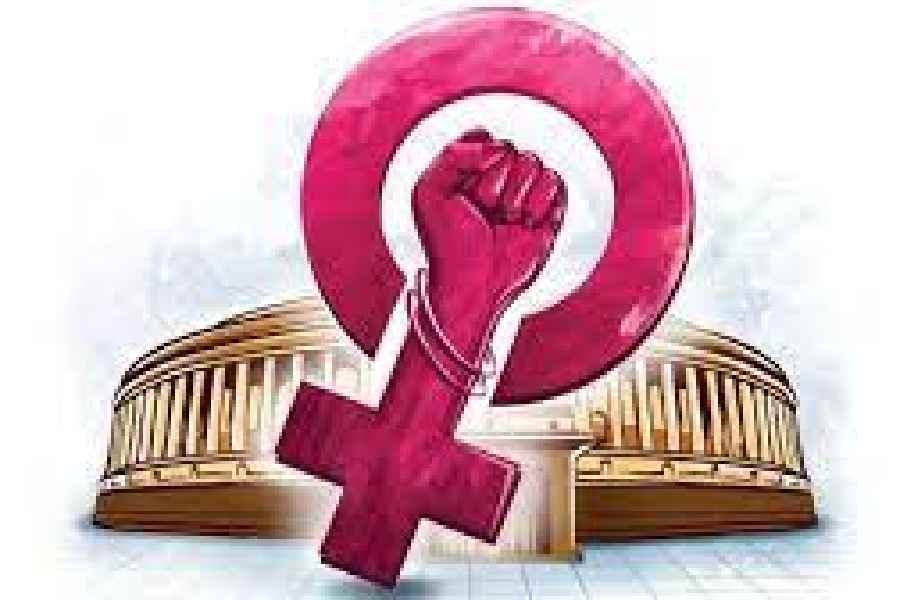
In a notable development, the Union Cabinet has given its nod to the Women’s Reservation Bill, marking a significant step towards achieving gender equality in India’s political landscape. This announcement follows widespread demands from political leaders and parties, including the Congress, for greater representation of women in the country’s legislative bodies.
Key Points About the Women’s Reservation Bill:
- 33 Percent Quota: The Women’s Reservation Bill seeks to reserve 33 percent of the seats in the Lok Sabha (House of the People) and state assemblies for women. This move aims to bridge the substantial gender gap in political representation.
- Reserved Seats for Marginalized Groups: Within the proposed 33 percent quota, one-third of the seats reserved for Scheduled Castes and Scheduled Tribes will also be earmarked for women from these groups. These reserved seats may be rotated among different constituencies within a state or union territory.
- Historical Background: The bill has a long history, with the last major development occurring in 2010 when the Rajya Sabha (Council of States) passed the bill. This led to some opposition from MPs who were escorted out by marshals. Unfortunately, the bill couldn’t be passed by the Lok Sabha (House of the People) and thus lapsed.
- Current Gender Disparity: The present Lok Sabha has only 78 women members, constituting less than 15 percent of the total 543 seats. In the Rajya Sabha, women’s representation stands at around 14 percent, as per government data shared with Parliament in December.
- Regional Disparities: Several state assemblies across India have alarmingly low levels of women’s representation, with less than 10 percent in states like Andhra Pradesh, Arunachal Pradesh, Assam, Goa, Gujarat, Himachal Pradesh, Karnataka, Kerala, Madhya Pradesh, Maharashtra, Manipur, Meghalaya, Odisha, Sikkim, Tamil Nadu, Telangana, Tripura, and Puducherry. Some states like Bihar, Haryana, Punjab, Rajasthan, Uttarakhand, Uttar Pradesh, and Delhi have only 10-12 percent women MLAs (Members of Legislative Assembly). In contrast, Chattisgarh, West Bengal, and Jharkhand lead with 14.44 percent, 13.7 percent, and 12.35 percent women MLAs, respectively.
The approval of the Women’s Reservation Bill signifies a renewed commitment to addressing gender disparity in India’s political representation. This landmark move holds the potential to empower more women to participate actively in shaping the country’s future and governance.
Sources By Agencies

